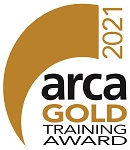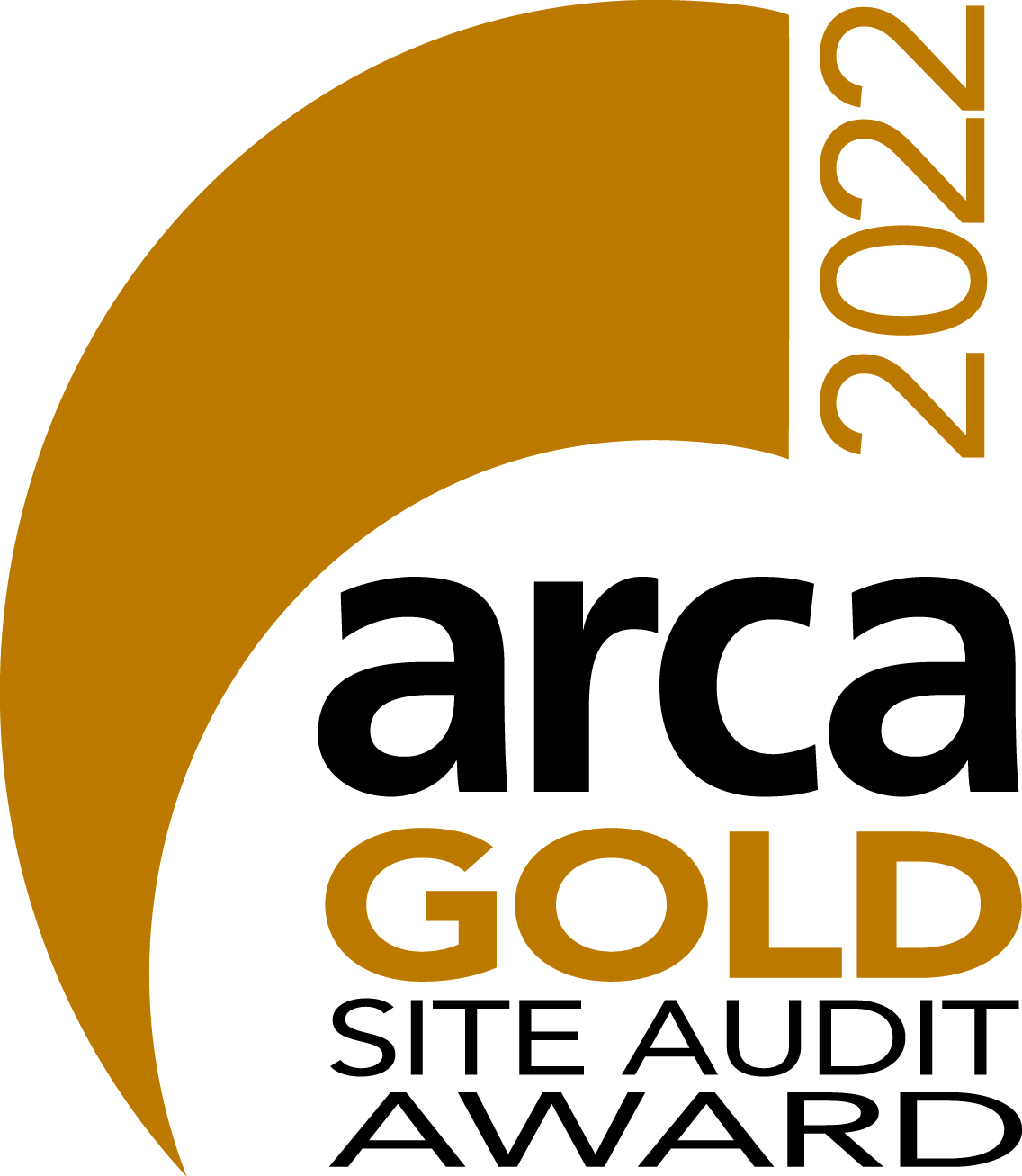The Work and Pensions Select Committee said asbestos remained the biggest cause of work-related deaths in the UK.
More than 5,000 such fatalities were recorded in 2019.
The Health and Safety Executive (HSE) estimates that asbestos may still be present in 300,000 non-domestic buildings and in many more homes, despite long-term efforts to remove it. The following is to be put in place;
* Mandatory asbestos surveys of all non-residential properties and buildings – carried out by accredited, industry recognised companies.
* Building owners or occupiers to commission accredited asbestos analysts for asbestos work done on/in their premises.
* HSE to develop a central digital register of asbestos in non-residential properties.
* More inspections, checks and enforcement actions around asbestos regulations.
The Committee recommend that a deadline now be set for the removal of asbestos from non-domestic buildings. The HSE stated at the inquiry meeting in February 2022 that “at least 300,000 business premises” still contained asbestos. The Committee has suggested that the government come up with an action plan targeting the areas which are high risk as a priority such as schools as hospitals and other public buildings.
There is currently no target date for the eradication of the material in public buildings, or private homes, in the UK.
Asbestos is classified as being carcinogenic, which means it can cause cancer and other dangerous lung conditions when fibres are inhaled.
The use of any type of the substance was banned in the UK in 1999.
More about asbestos
- Asbestos is a general name given to several naturally occurring minerals that have crystallised to form fibres. These fibres are strong, heat and chemical resistant, and do not dissolve in water or evaporate, leading to asbestos being widely used in building and construction
- Before its use was banned, it featured in many everyday products including insulation material for buildings, boilers and pipes, car brakes, and floor tiles
- There are two types: serpentine (white asbestos) and amphiboles (including blue and brown asbestos); serpentine was more commonly used
- The importation, supply and use of all asbestos has been banned in the UK since 1999; the amphibole type, which is much more hazardous, has been banned since 1985
- Asbestos is not considered harmful when in large pieces and undamaged; but when it is damaged, it can release smaller fibres that are breathed in or swallowed
- Inhaling asbestos can lead to a condition called asbestosis which means an increased susceptibility to cancer
(Information taken from recent publications in the HSE & on the BBC website)
-
Aspect Contracts are here to help.
We are a fully insured and experienced liscensed Asbestos Abatement contractors, with extensive experience working on both domestic and commercial properties.
Health and Safety is our number one business priority, underpinned by our continuous investment in industry leading training standards, with internal site audit teams working to robust processes and procedures ensuring compliance to CAR (2012) and CDM (2015).














